Among the risks that we run in summer and that should not be overlooked, is heat stroke. Prolonged exposure to UV rays can lead to sunstroke symptoms that will turn into a serious condition. What to do in case of diarrhea, vomiting and disturbed heart rhythm? Although many conditions can cause them, these signs are frequent during heat waves and after a long sun exposure.
When Can You Expect a Heat Stroke?
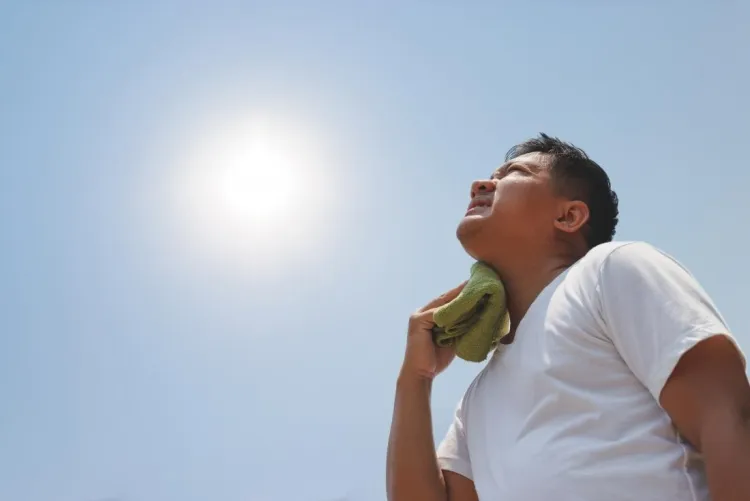
We’re sure you’re not so irresponsible and lie on the beach without a hat and without applying protective sunscreen. Try not to prolong the tanning time, because even under the umbrella, extreme heat should be avoided.
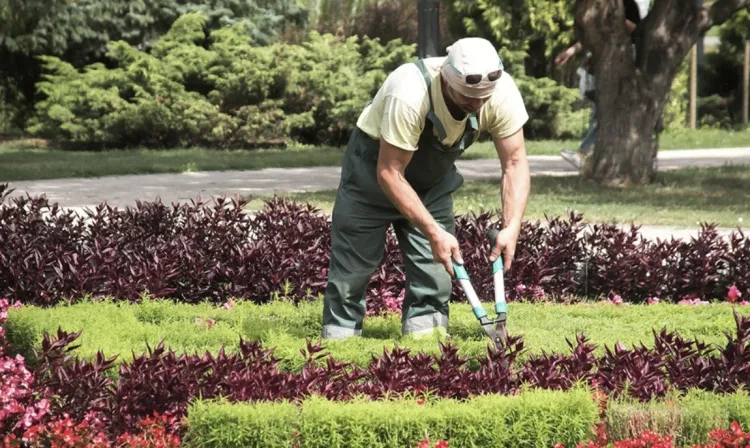
If in summer, your main occupation is working in the vegetable garden or busying yourself around the flower borders, be early and take advantage of the time slot between 8 and 10 am. Return to the shade afterwards and wait for the sunlight to weaken around 6 p.m.
Since heat strokes are classified as a medical emergency, be careful and don’t take risks.
What Are the Risk Factors for Sunstroke?
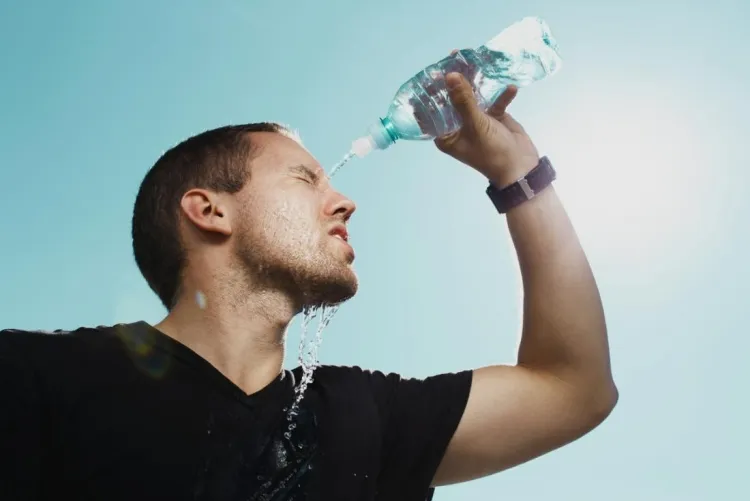
Dehydration, alcohol, chronic diseases, lack of air conditioning and air circulation are on top of the list of risks.
Sunstroke is strongly linked to the heat index, which is a measure of how hot you feel when the effects of relative humidity and air temperature are combined. A relative humidity of 60% or more hinders the evaporation of sweat, which prevents the body from cooling down.
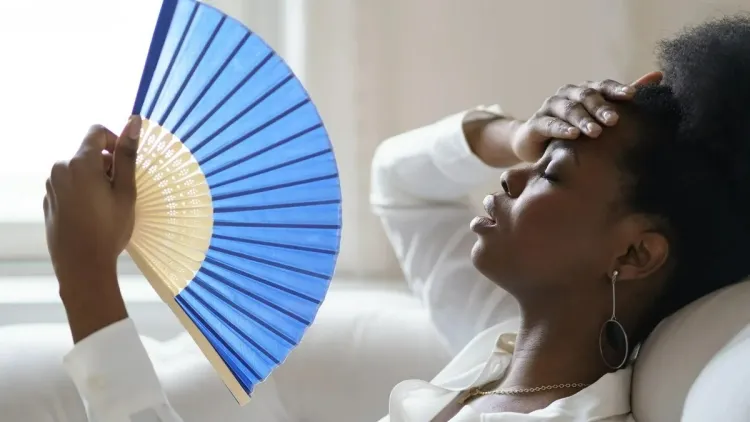
The risk of heat-related illness increases significantly when the heat index reaches 32C/90F degrees or higher. It is therefore important, especially during heat waves, to pay attention to the reported heat index, and also to remember that exposure to full sun can increase it by 15C/60F degrees.
What Are the Symptoms of a Heat Stroke?
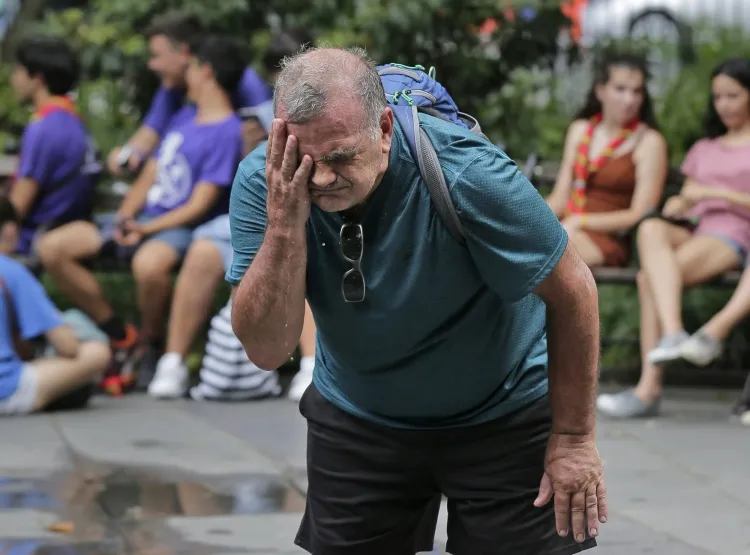
Sunstroke can damage the brain and other internal organs. Although it mainly affects the elderly, it does not spare healthy young people either. Even if your body is covered, a heat stroke can cause burns to your face and lips.
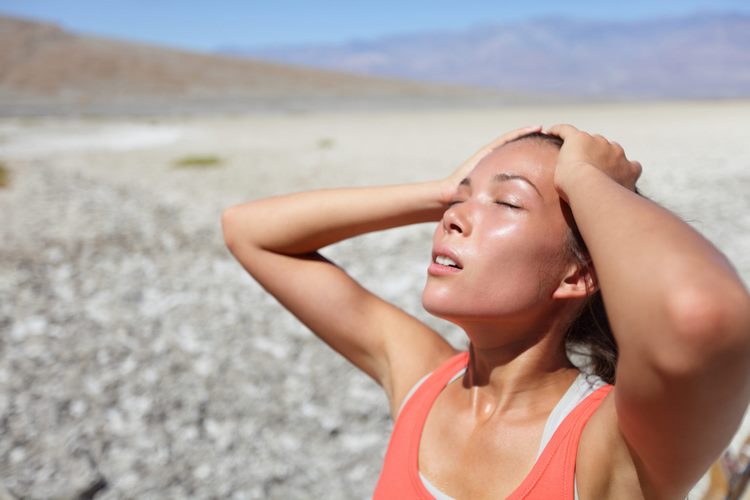
As a result of prolonged exposure to high temperatures, and usually in combination with dehydration, sunstroke leads to failure of the body’s temperature control system. The medical definition of heatstroke is a core body temperature above 40C/104F, with complications involving the central nervous system. Common accompanying symptoms are nausea, seizures, confusion, disorientation, and sometimes loss of consciousness or coma.
Heat Stroke First Aid
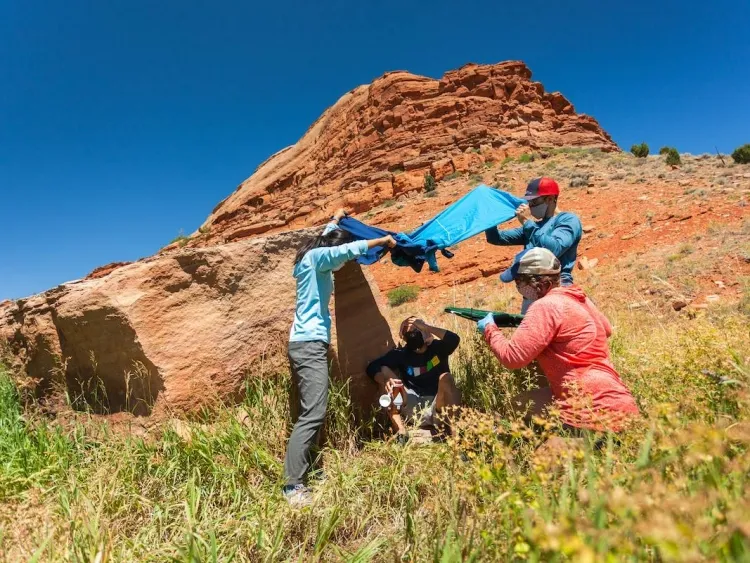
If you suspect a heat stroke, call an ambulance immediately or take the person to a hospital. Any delay in seeking medical help can be fatal.
While waiting for the ambulance to arrive, begin first aid. Move the person to an air-conditioned environment or at least a cool, shaded place, and remove all unnecessary clothing. Try to lower the body temperature. Try these cooling strategies:
- Fan the air over the patient while wetting their skin with water from a sponge or garden hose.
- Apply ice packs to the armpits, groin, neck and back of the patient. Since these areas are rich in blood vessels close to the skin, cooling them can reduce body temperature.
- Submerge the patient in a bathtub or put him under a cool shower.
- If the person with sunstroke is young and healthy, you can use an ice bath to help cool their body, especially if the condition is during heavy training.
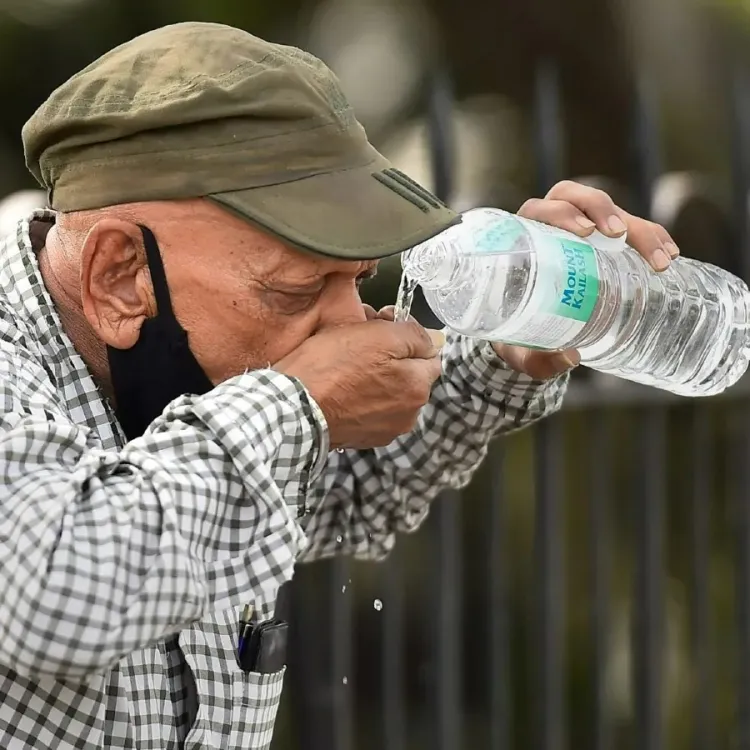
This measure should not be applied to the elderly, small children, chronically ill people, as this can be dangerous.
In case the ambulance is late, call your doctor for further instructions.
Either way, the person should be hydrated and kept in the shade and cool.
How to Prevent a Heat Stroke?
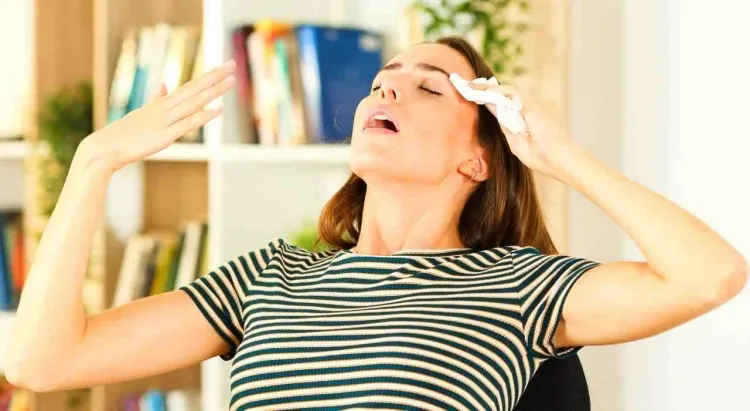
To prevent extreme heat exhaustion or during physical exercise, follow these tips:
- Drink cool drinks, especially when exercising.
- Cooling showers will lower body temperature.
- The clothes to be worn should be loose, light-colored and if possible, made of cotton.
- Spray the skin occasionally and wet the clothes if you feel overheated.
- Stay indoors between 11 a.m. and 3 p.m.
- Do not abuse alcohol.
- Do not overload yourself with extreme exercises.
- Keep an eye out for children, the elderly, and people with chronic health conditions like diabetes or heart problems, as they are at higher risk for heat exhaustion or heatstroke.

